Posts Tagged: Culex quinquefasciatus
Davis Teen: How Those Pesky Mosquitoes Led to a Scientific Publication
Listen to ABC Channel 10 News, broadcast Dec. 22Seventeen-year-old Helena Leal doesn't like mosquitoes, but they like her. “I always get...
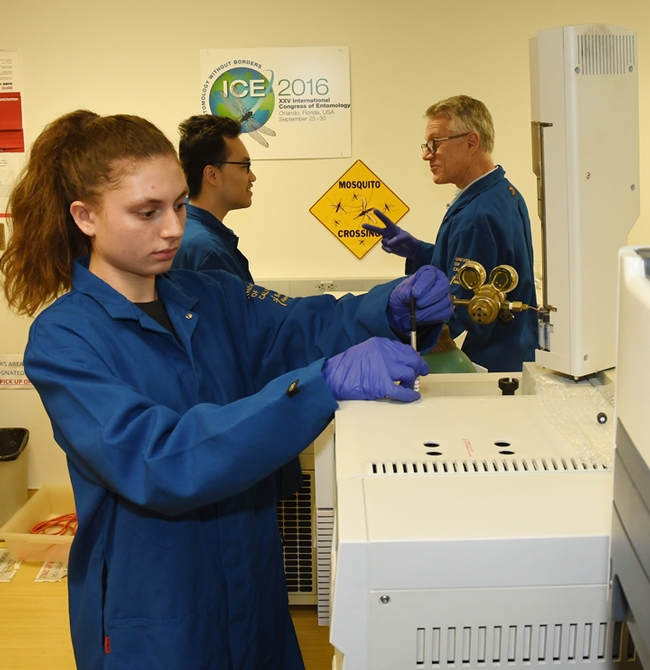
Researcher and lead author Helena Leal, 17, a scholar at Davis High School, injects a sample of odorants trapped in a solid phase micro-extraction syringe intothe gas chromatography–mass spectrometry (GC-MS) in the Walter Leal lab at UC Davis. In back are chemical ecologist Walter Leal (right) and UC Davis student researcher Kaiming Tan. (Photo by Kathy Keatley Garvey)
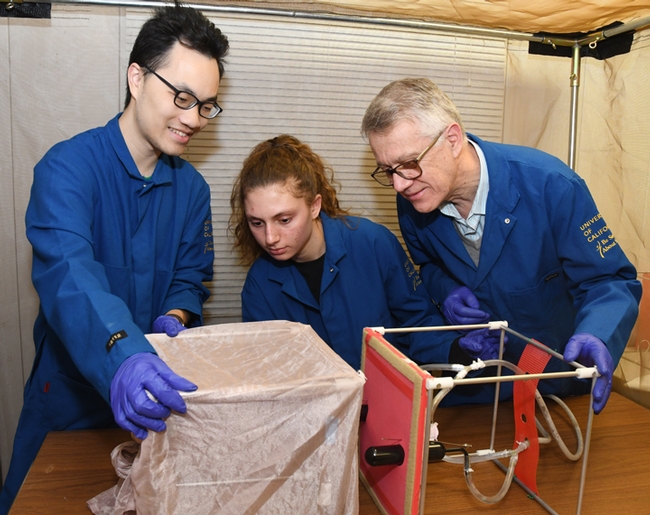
Working on the mosquito cage assay are (from left) researchers Kaiming Tan, a UC Davis student in the Walter Leal lab; lead author Helena Leal of Davis High School, and UC Davis chemical ecologist Walter Leal. (Photo by Kathy Keatley Garvey)
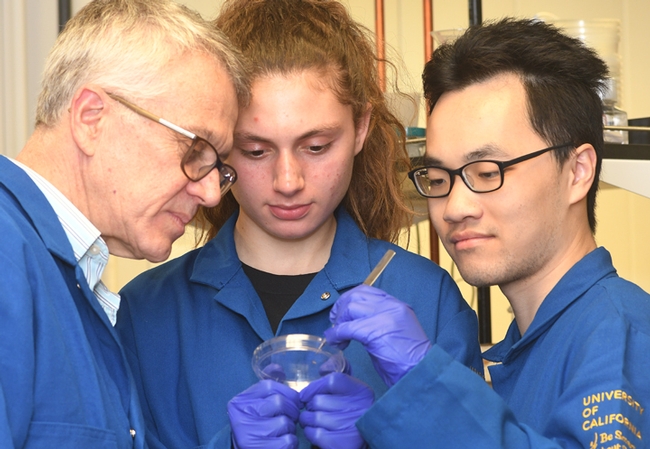
Looking over mosquito specimens are (from left) UC Davis chemical ecologist Walter Leal and two members of the research team: daughter Helena Leal, lead author; and UC Davis student Kaiming Tan. Not pictured is UC Davis student researcher Justin K. Hwang. (Photo by Kathy Keatley Garvey)
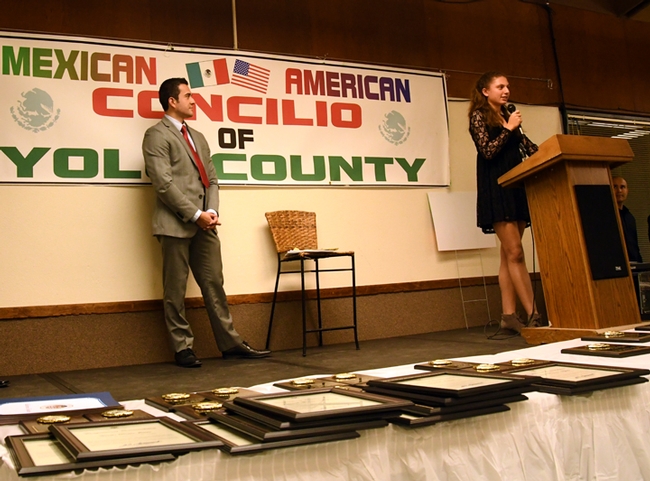
Davis High School scholar Helena Leal addresses the crowd at the Mexican-American Yolo County Concilio Scholarship Dinner. At left is keynote speaker Carlos Saucedo of ABC Channel 10.(Photo by Kathy Keatley Garvey)
UC Davis Researcher: What Repellents and Doses Are Best to Prevent Zika Virus
If you're traveling to—or living in--a Zika virus-infested area, it's far better to use DEET rather than Picaridin and to use higher, rather...
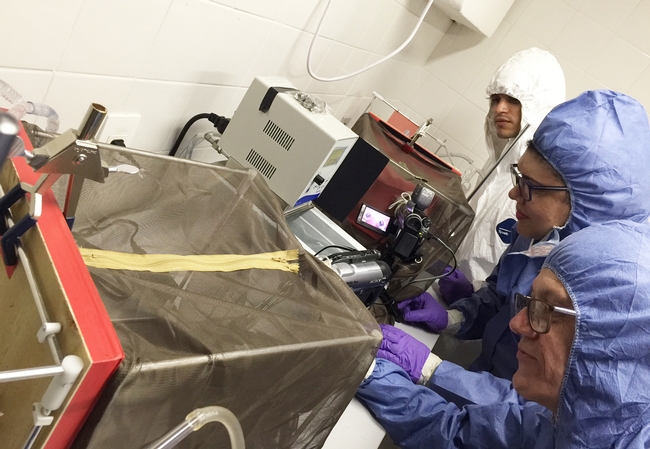
Working on zika-virus research are UC Davis chemical ecologist Walter Leal (foreground) and colleagues and co-authors Rosangela Barbosa (center) and graduate student Gabriel Faierstein of FIOCRUZ-PE, Recife, Brazil.
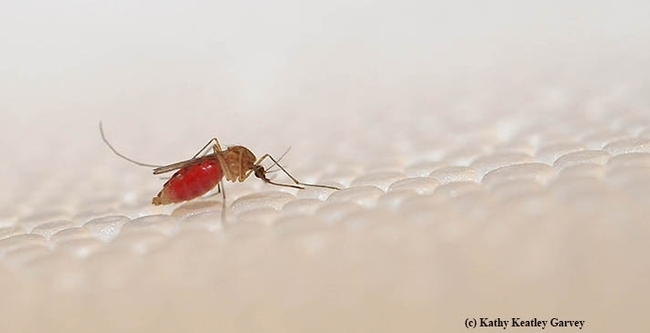
The southern house mosquito, Culex quinquefasciatus, can also transmit the Zika virus, but the primary mosquito is the yellow fever mosquito, Aedes aegypti. (Photo by Kathy Keatley Garvey)
Breaking News: Zika Virus Found in Wild-Caught Culex
The news is out. It's what they've been searching for. In a groundbreaking discovery, a scientific team of Brazilians and Brazilian-born...
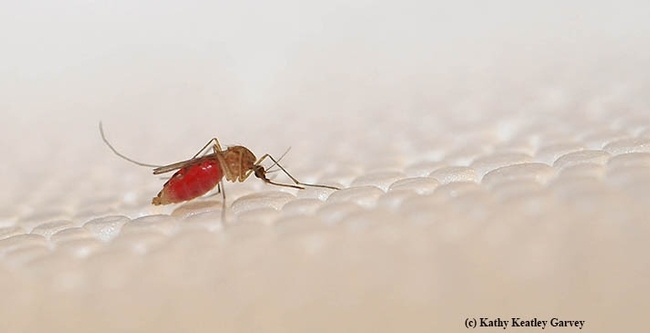
Culex quinquefasciatus, the southern house mosquito,is known for transmitting the West Nile virus, but now the Zika virus has been detected in wild-caught C. quinquefasciatus in Recife, Brazil, the epicenter of the Zika epidemic. (Photo by Kathy Keatley Garvey)
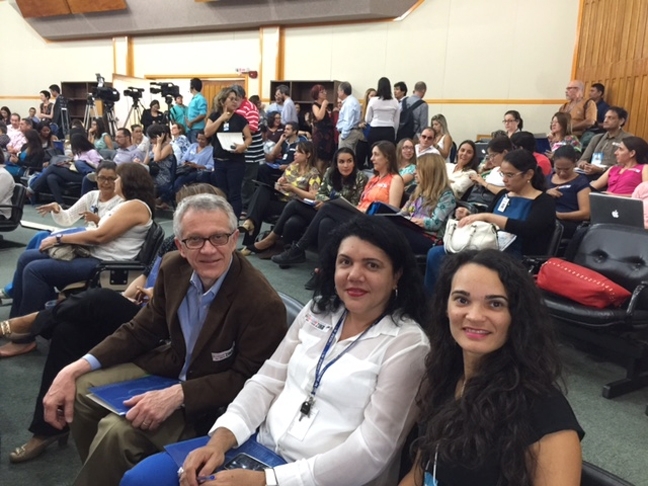
UC Davis chemical ecologist and mosquito researcher Walter Leal (front), confers with Constancia Ayres (far right, in black) and Rosângela Barbosa (center), faculty members in the Department of Entomology, Fiocruz-Recife. Both are Leal colloborators.
What You Should Know About the Zika Virus
The (Zika) virus is here, and so is the mosquito. The question is whether there will be enough of both to set off an epidemic. That's what UC San...
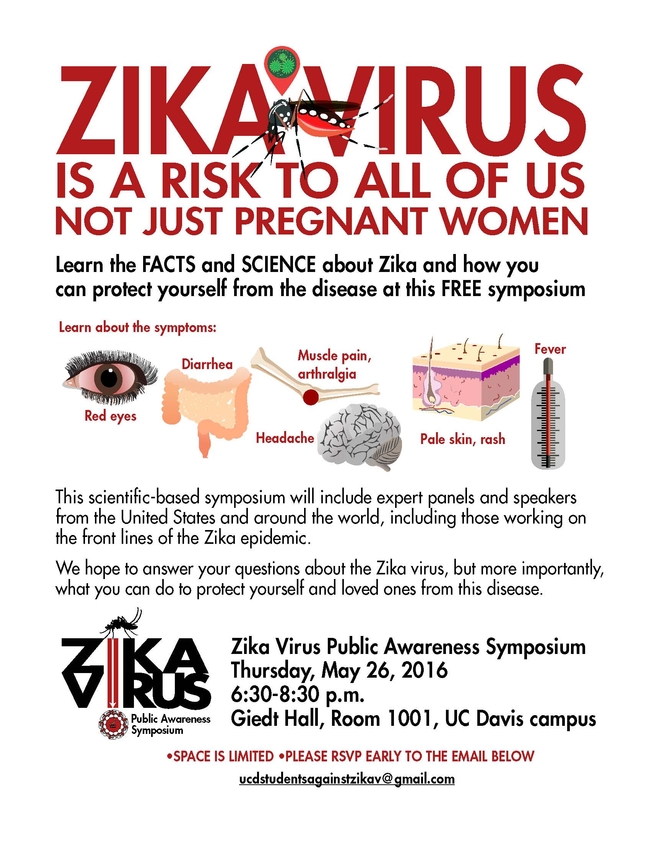
Zika Flyer
Unraveling the Mystery of DEET
You spray DEET on your arms, and those pesky mosquitoes leave you alone. It works. However, not everyone wants to use DEET, a synthetic...
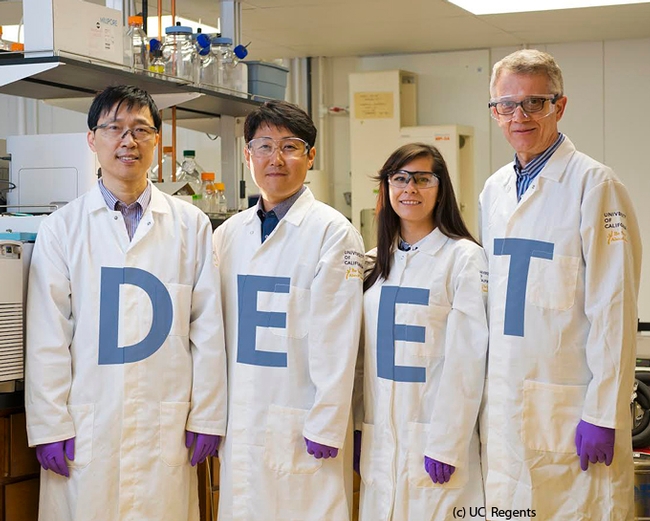
UC Davis scientists in the Walter Leal lab have discovered the odorant receptor in the Culex mosquito that repels DEET. From left are project scientist Pingxi Xu; postdoctoral scholar Young-Moo Choo; AgChem graduate student Alyssa De La Rosa; and Professor Leal. (Photo credit: Academic Technology Services/Mediaworks)

